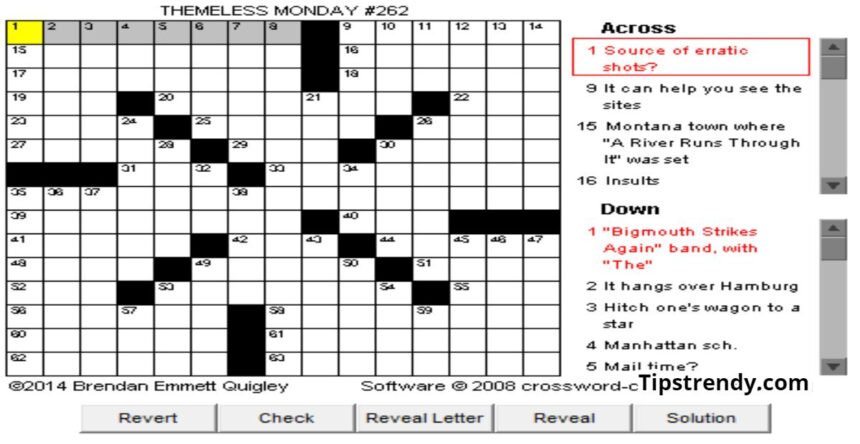Introduction to NYT Crossword Puzzles
Crossword puzzles have become a beloved pastime for many, drawing in enthusiasts from all walks of life. The thrill of piecing together clues can turn an ordinary day into an engaging mental workout. Among the various types of clues that pop up in these grids, one category stands out: the biblical references. They offer not only a challenge but also a glimpse into ancient texts and language.
One popular puzzle source is The New York Times (NYT), known for its clever and often perplexing clues. Today, we’re diving deep into one such clue that has left many stumped: “Biblical Verb Suffix NYT.” Whether you’re a seasoned crossword solver or just dipping your toes into this world, let’s unravel this intriguing hint together!
Understanding the Clue: Biblical Verb Suffix NYT
When tackling the New York Times crossword puzzle, clues can sometimes feel cryptic. A clue like “Biblical Verb Suffix NYT” might leave you scratching your head.
This particular clue points to a common suffix found in many biblical terms and verbs. The Bible is rich with language that often ends in specific patterns, and understanding these can unlock answers.
The suffix “ETH” typically appears at the end of verbs in older biblical translations. This form indicates an ongoing action or a habitual state, which adds depth to the text’s meaning.
Recognizing this pattern makes it easier to spot similar clues in future puzzles. It’s all about connecting those linguistic dots while embracing the challenge of each new grid presented by the NYT!
You Might Also Like
Thai Skewers Crossword Clue & Answer
Some Austrians Crossword Clue & Answer
Exercise Practiced In A Steamy Room Crossword Clue & Answer
Final Answer Revealed: ETH
The crossword clue “Biblical Verb Suffix NYT” may seem challenging at first glance. However, as any experienced crossword enthusiast knows, delving into specific language features can lead to the right answers.
In this case, the answer is a simple yet significant suffix: ETH. This suffix appears frequently in biblical texts and adds depth to verbs, indicating an ongoing action or state of being. So when you come across clues like this one in your next New York Times puzzle, remember that understanding these nuances can unlock solutions with ease.
Keep honing your skills and enjoy every moment spent deciphering those tricky clues!
